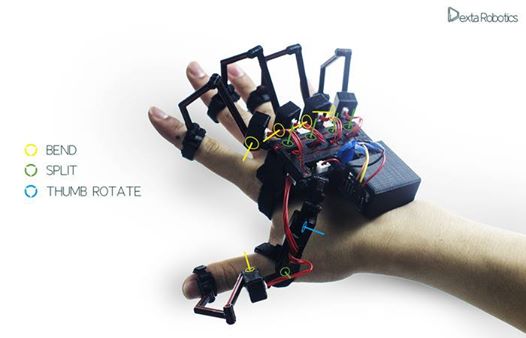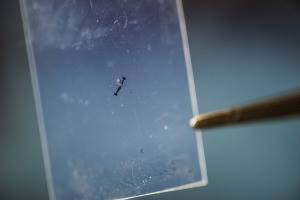-

A method borrowed from video gaming can make remote-controlled emergency response robots easier to use – enabling the operator to focus more on the dangerous situations they face. Read more at: http:
-

We first covered SRI’s electroadhesion tech in 2010 (although it’s been public since at least 2008). More recently, SRI spun it out into a company called Grabit.
-

A Chinese robotics company claims to have invented an "exoglove" that provides force feedback to let you touch and feel digital objects.
-

A few years back, we wrote about this squishy little air-powered legged robot from Harvard with no electronics or moving parts that you could beat down with a hammer and it would still try and kill yo
-

Vision is, in theory, a great way for robots to identify objects. It works for us humans, so all of the stuff that we have to deal with regularly tends to have distinguishing visual characteristics li
-

One of the most compelling research areas in robotics is (I think, at least) bio-inspired robotics, which uses the evolutionary optimization of animals to suggest development paths for robots.
-

Someday a transparent, flexible material (pictured above) just an atom thick could power our electronics, according to a paper published to be published in Nature today.
-

They've been proven to be far more energy-efficient than their gas-powered equivalents, but limited range, long charging times, and high costs have prevented electric vehicles from really catching on.
-

If when you think of electric vehicles you picture tiny lightweight cars designed to maximize their battery life, BYD Motors is about to blow your mind. At the recent 2014 American Public Transportati
-

Just as 3-D printers create objects that have three-dimensional characteristics, 4-D printers create objects that have four-dimensional characteristics, in that they include a dynamic component that c